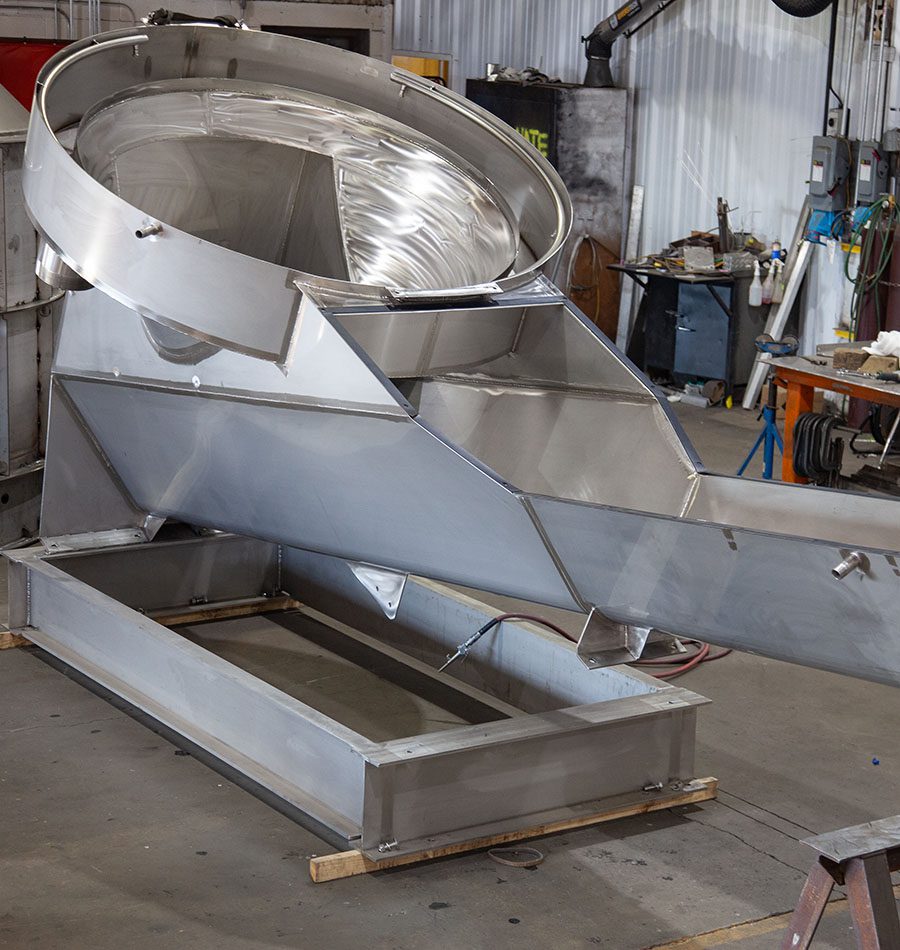Trusted Steel Fixing Providers: Making Certain Architectural Honesty
Trusted Steel Fixing Providers: Making Certain Architectural Honesty
Blog Article
Cutting-edge Patterns in Steel Construction: Enhancing Longevity and Accuracy
In the realm of steel construction, the pursuit of resilience and accuracy has actually led to a wave of cutting-edge patterns that are improving the market. From improvements in welding technologies to the integration of robotic automation in construction processes, the landscape of steel production is evolving quickly. High-strength alloy development, combined with the utilization of 3D modeling and simulation software, is pushing the borders of what is possible in regards to architectural stability and precision. The growing emphasis on lasting practices in steel manufacturing is not just driving efficiency however likewise cultivating a more ecologically conscious strategy to fabrication. These patterns are not simply shaping today however likewise laying the groundwork for the future of steel construction, guaranteeing more improvements in sturdiness and accuracy.
Advanced Welding Technologies
In the world of steel construction, the fostering of innovative welding innovations has dramatically changed the industry's technique to attaining remarkable high quality and accuracy in architectural welds. Advanced welding technologies, such as laser beam of light welding and friction mix welding, have actually emerged as game-changers in the field. By leveraging these sophisticated welding techniques, steel producers can raise the durability, strength, and accuracy of their structural welds, fulfilling the progressively requiring requirements of modern-day construction tasks.
Robot Automation in Manufacture
Accepting robotic automation has come to be a keystone of modern steel fabrication techniques, improving processes and improving effectiveness throughout the industry. Robots are revolutionizing the way steel components are manufactured, offering unequaled accuracy and rate while reducing human mistake. These automated systems can take care of recurring jobs with constant accuracy, resulting in higher top quality output.
One secret advantage of robot automation in steel manufacture is the ability to work around the clock without exhaustion, considerably enhancing manufacturing result. This continuous operation reduces downtime and increases job timelines, eventually conserving prices for manufacturers. Additionally, robots can be programmed to do intricate jobs that might be dangerous or challenging for human employees, enhancing safety in the work environment.
Moreover, robotic automation enables smooth assimilation with other digital modern technologies, such as computer-aided layout (CAD) software program and Internet of Points (IoT) systems (metal fabrication melbourne). This interconnected technique enhances communication between different phases of manufacture, optimizing workflows and ensuring real-time monitoring and control. As the steel construction industry remains to advance, robot automation sticks out as a transformative force driving efficiency and accuracy in producing procedures

High-Strength Alloy Advancement
The advancement of high-strength alloy growth in steel construction is improving the market's strategy to enhancing product durability and performance. High-strength alloys are engineered to display remarkable mechanical homes, such as enhanced tensile stamina, durability, and rust resistance compared to standard steel qualities. By incorporating these advanced alloys right into construction processes, producers can produce parts that endure greater stress and anxiety degrees and rough settings, causing more sturdy and reputable end products.
One secret benefit of high-strength alloy advancement is the capacity to decrease product density without compromising architectural stability. This not just causes lighter-weight components however additionally adds to set you back financial savings and improved efficiency in manufacture and assembly processes. The enhanced strength-to-weight ratio of these alloys allows for the design and building of frameworks with greater load-bearing capacities while minimizing total weight.
3D Modeling and Simulation Software
Advancements in steel manufacture processes have been dramatically thrust by the integration of sophisticated 3D modeling and simulation software application devices. These tools permit makers to produce thorough digital models of their tasks, allowing them to envision the final product with precision before any physical work starts.

Sustainable Practices in Steel Production
Incorporating sustainable practices right into steel manufacturing processes is essential for reducing environmental effect and making sure long-lasting source availability. One essential lasting practice is the fostering of energy-efficient technologies to minimize greenhouse gas emissions throughout the steel production process. This consists of making use of renewable resource sources, such as solar or wind power, to power steel plants and applying energy-efficient tools to maximize power use.
An additional crucial aspect of lasting steel manufacturing is the responsible sourcing of raw products. This entails making sure that the iron ore and various other sources made use of in steelmaking are gotten from ethical and eco-friendly resources. By advertising openness in the supply chain and sticking to stringent environmental criteria, steel manufacturers can reduce the unfavorable impacts of resource removal on regional ecological communities and communities.

Final Thought
In conclusion, the cutting-edge trends in steel fabrication such as advanced welding innovations, robot automation, high-strength alloy growth, 3D modeling and simulation software program, and lasting methods are improving the sturdiness and precision of steel products. These advancements are revolutionizing the steel fabrication sector by enhancing high quality, performance, and sustainability. It is clear that the future of steel fabrication lies in accepting these innovative innovations to fulfill the demands of modern-day building and manufacturing sectors.
In the realm of steel fabrication, the search of toughness and accuracy has actually led to a wave of cutting-edge fads that are reshaping the sector.In the world of steel construction, the adoption of advanced welding technologies has considerably transformed the market's strategy to attaining superior top quality and accuracy in structural welds. As the steel manufacture industry proceeds to develop, robot automation stands out as a transformative force driving efficiency and precision in manufacturing procedures.
Furthermore, reusing and reusing steel scrap and waste products play a considerable duty in enhancing the sustainability of steel manufacturing. steel fabrication melbourne.In verdict, the cutting-edge fads in steel manufacture such as sophisticated welding technologies, robotic automation, high-strength alloy development, 3D modeling and simulation software application, and sustainable techniques are improving the resilience and accuracy of steel products
Report this page